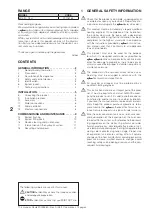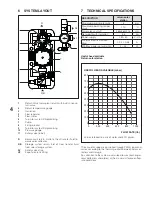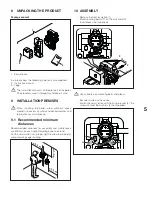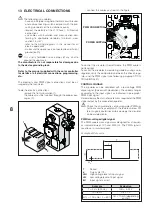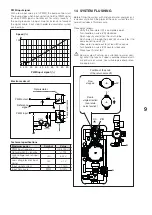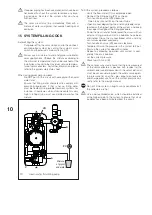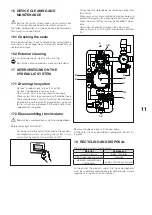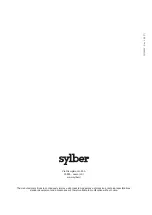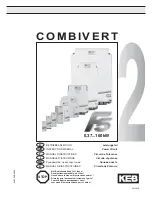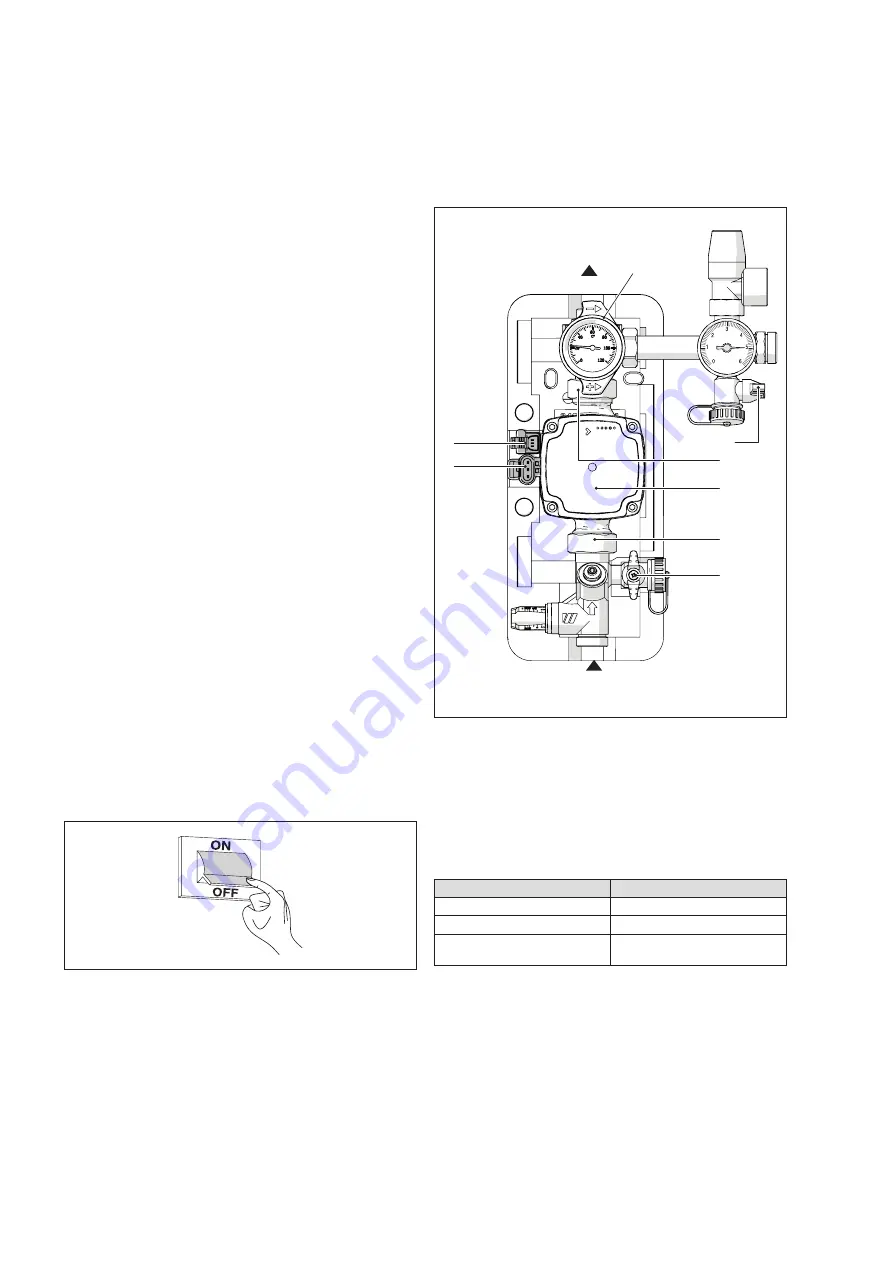
11
COMMISSIONING AND MAINTENANCE
16 DEVICE CLEANING AND
MAINTENANCE
b
Service the system at least once a year and carry out
the inspections specified in the relevant manual.
The following operations must be exclusively performed by
Technical Assistance Centre.
16 1 Checking the seals
After commissioning, check hydraulic fitting sealing. Make
sure there is no leakage close to electric components to
avoid short-circuits.
16 2 External cleaning
If the insulation get dusty, clean it with a dry rag.
a
Do not use abrasive products, petrol or triethylene.
17 INTERVENTIONS ON THE
HYDRAULIC SYSTEM
17 1 Draining the system
- Connect a rubber hose to taps (A) and (B)
- Connect the opposite end to a vessel
- Open system drain taps and allow full drainage
- Close system drain taps and remove the rubber hose
- The exhausted heat transfer fluid must be disposed
of according to the prevailing regulations, pursuant
to the instructions provided in the safety data sheet
supplied with the glycol.
17 2 Disassembling the circulator
b
Remove the circulator when system has cooled down.
Before removing circulator (C):
- Cut power off to the solar station and to the connect-
ed integration system, by setting the system's main
switch and the device's main switch to OFF
- Disconnect circulator power by removing connectors
(D) and (E)
- Move away any wiring and electric devices below to
protect them against any leakage of heat transfer fluid
- Close the valve (VR) by turning the handle 90° clock-
wise
- Open taps (A) and (B) and drain the solar circuit
- Loosen ring nuts (H1) and (H2) and remove circulator
(C).
R
RB
VR
A
B
C
H2
H1
E
D
Reverse the above steps to fit the new pump.
Fill the solar circuit as described in paragraph "System fill-
18 RECYCLING AND DISPOSAL
The device is primarily composed of:
Material
Component
metal materials
tubes, circulator
PPE (polypropylene foam)
insulation
electrical and electronic
components
cable and wiring, circulator
At the end of the device's useful life, these components
must be separated and disposed of according to current
regulations in the country of installation.


